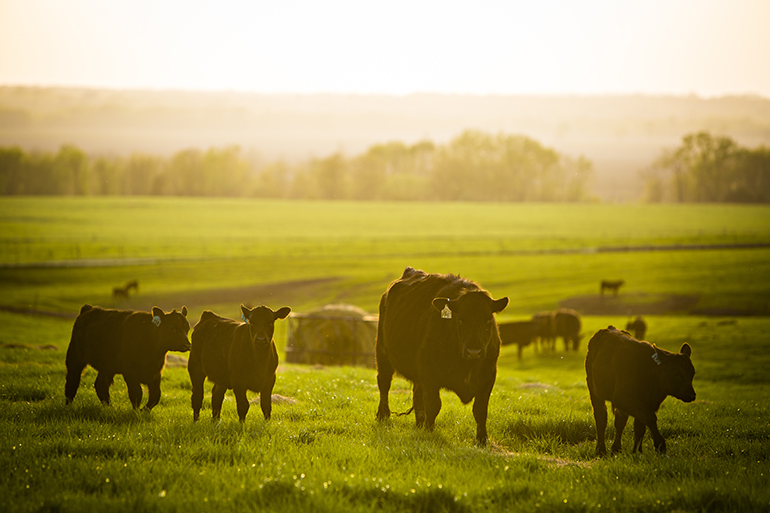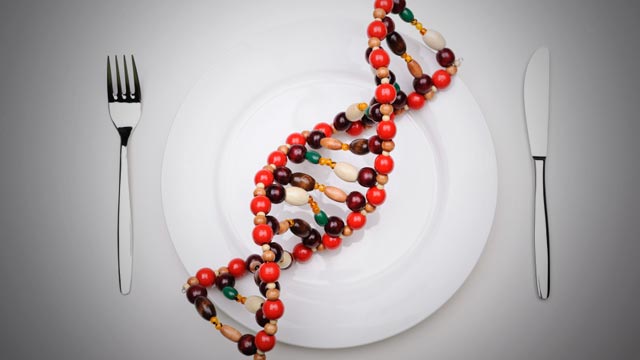Dear fellow eaters,
The world is changing around us in numerous and exciting ways. Our world is facing obesity and starvation, excessive food waste, inefficient food transport, too many calories and too little nutrients, farmer suicide and climate change (gasp). The list goes on and on.
Some of us are surrounded by a surplus of food. Supermarket aisles are packed wall to wall with everything from fresh produce to fried potatoes. However, the sad reality is that roughly one-third of the food produced for humans goes to waste every year. You’ve heard the story.
Luckily, the general trend is decidedly upwards. When you look at human population growth, it’s clear that more people are gaining access to food (hint: without it we die). With every generation, we are acquiring the tools to make better and more sustainable decisions.

Photo courtesy of CAFNR
I mean, we could be stuck in a pre-agricultural revolution. Have you ever thought about how long it would take you to gather a single plate of food? Want meat? Sure, go hunt for five hours. Want grain? Okay, if you can pick it stalk by stalk, and only in fall because that’s harvest time. The point is that it’s behind us.
Our new task is to fix the problems we wouldn’t even have the luxury of having in the hunter-gatherer era, AKA food waste, food inequity, food deserts, empty calories, etc. Here’s how:
Indoor Farming

Photo courtesy of Natural Society
This Japanese LED farm is the brainchild of Shigeharu Shimamura and is hailed as the largest indoor farm in the world and produces 10,000 heads of lettuce every day. It’s all built on a bacteria and pesticide-free environment that uses 1% of the water of traditional agriculture. There’s some pretty cool stuff here.
Basically, the LEDs can be tuned to the specific wavelength that lettuce like to photosynthesize with. Heck, the whole idea of aeroponic farming began with space missions. The problem? How can we grow food in an isolated system (a space ship in a vacuum). The solution? Extreme efficiency.
If we can do it in space, why not on Earth? And I know you’re thinking cost, but if the demand is there, prices drop. For example, the world’s cheapest smartphone was launched this February in India for $4. Yeah.
GMOs

Photo courtesy of collective-evolution.com
Okay, confusing stuff. In case you didn’t know already, GMO stands for genetically modified organism. Are they good or bad? Are they the solution in some places or the problem?
The most important thing to remember is that technology can be used for good and for evil, with due diligence or with negligence, and who can really define those terms? Sure it’s a big bad world, but without risk there is no progress. I’m not telling you to put yourself in a bullet’s path.
If you’re worried, educate yourself. Here’s a TED Talk arguing for GMOs if you’re interested.
Imagine a future where food is grown locally and easily. Where everyone can be a farmer of nutrient rich food–even those who weren’t blessed with a green thumb. Where food is valued and loved and not wasted.
Computers

Photo courtesy of Timothy Vollmer on flickr.com
In the future, we may be able to grow our food from the comfort of our computer screens, producing food locally and sharing Recipes for Successful Plant Growth on the Internet. Are you sold yet? You might be after this TED talk:
It’s time for millennials to shape the world, and we’re going to make it better. The Internet has given us access to knowledge that was never available before. It’s our job to use it to spread well-researched, neutral research.
To discussion and the acquisition of knowledge.
Cheers,
Jessica


